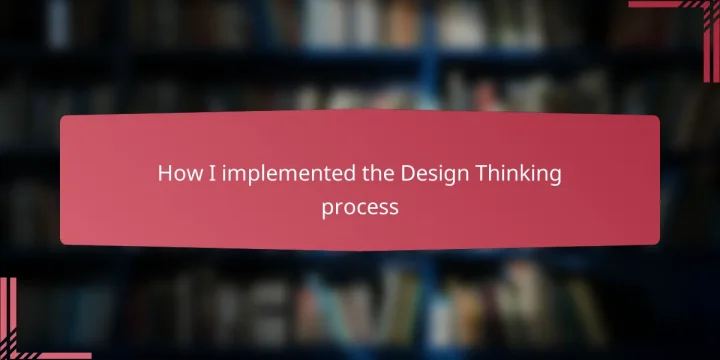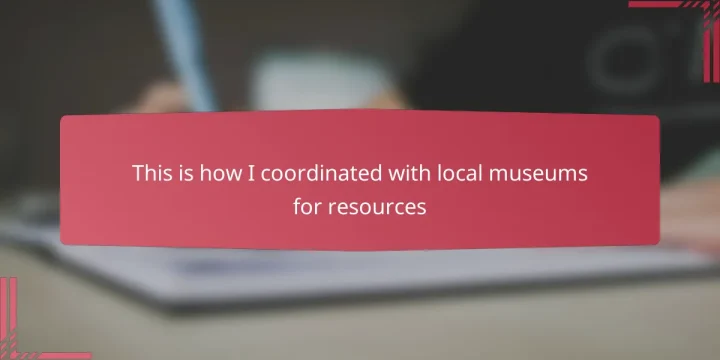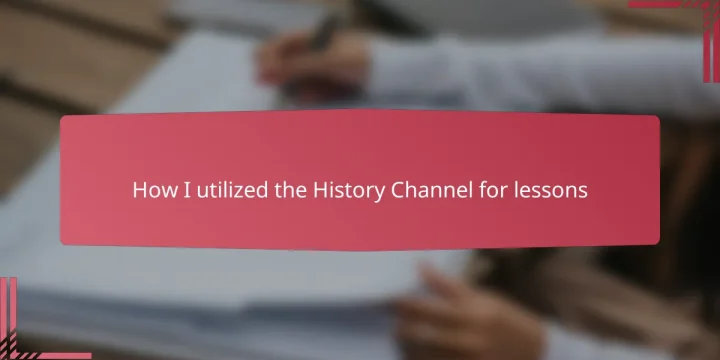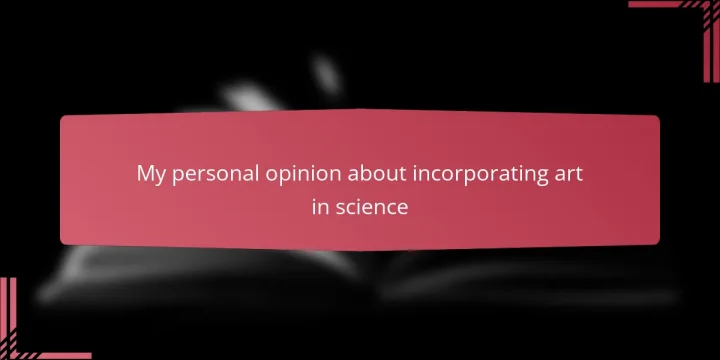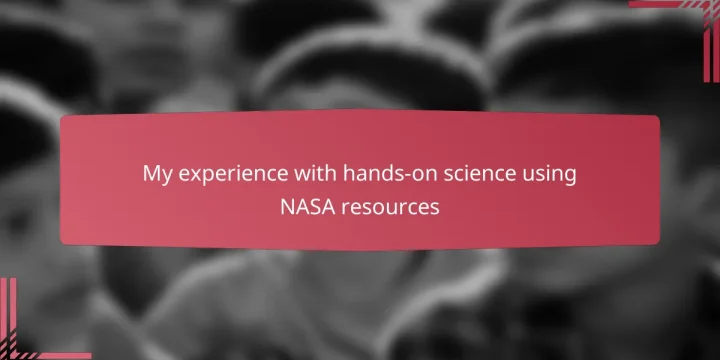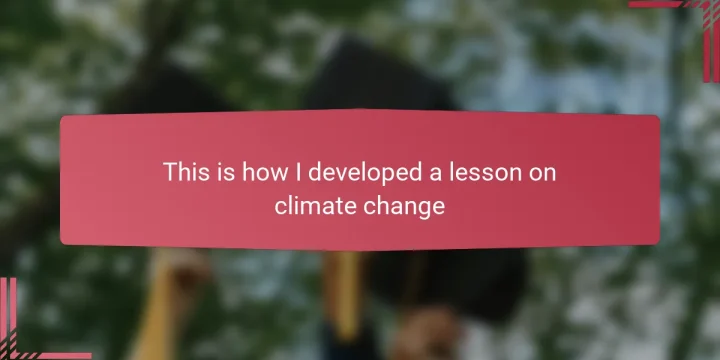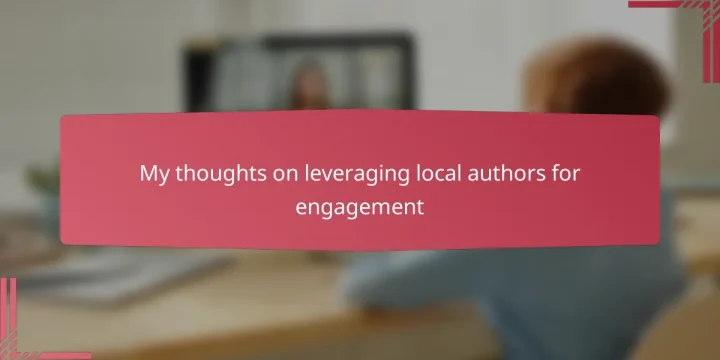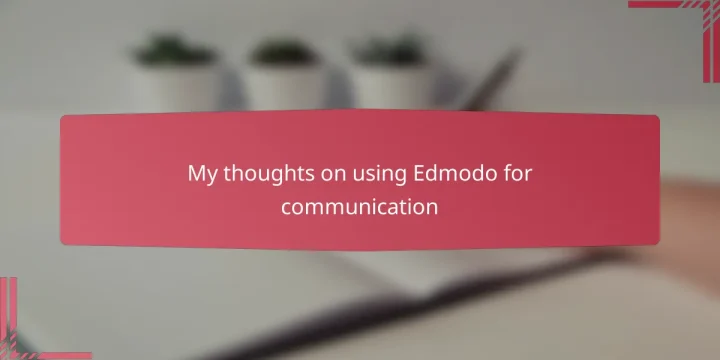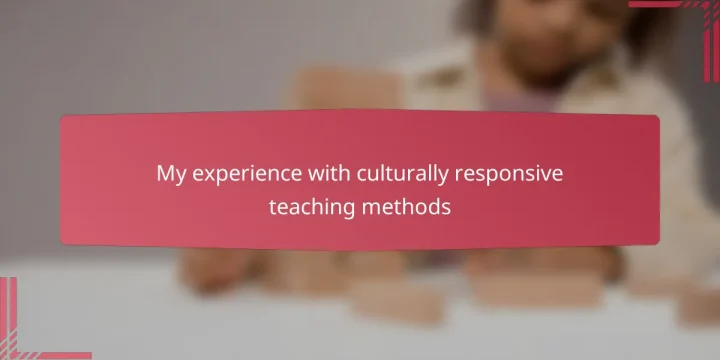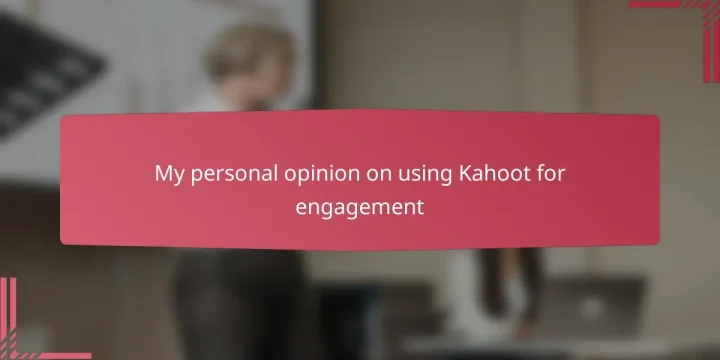
Key takeaways Kahoot enhances student engagement by providing a dynamic, interactive learning experience that invites all voices to participate. Activist teachers use Kahoot to facilitate discussions on social justice and real-world issues, creating an empowering classroom environment. Customized, relevant questions combined with varied formats maintain excitement and relevance, prompting deeper student investment. Future improvements for Kahoot could include deeper question formats and enhanced accessibility features to support diverse learners. Understanding Kahoot and Engagement Kahoot, at its core, is a game-based learning platform designed to spark interaction through quizzes and polls. From my experience, it's not just the content but the fast-paced excitement that keeps students alert and curious. Have you ever noticed how a simple buzz of competition can transform a quiet room into a lively space of shared energy?…
